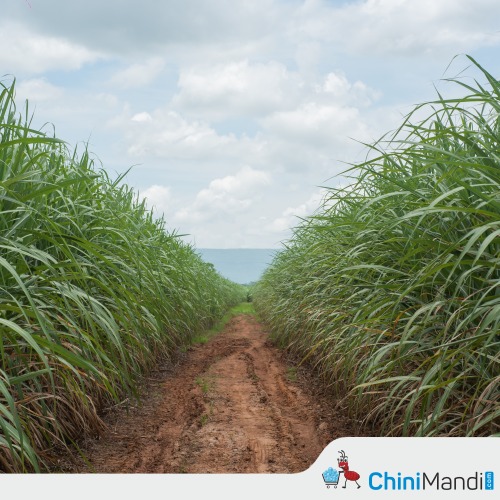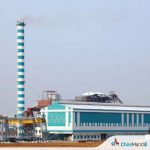The Sugar Regulatory Administration (SRA) announced on Thursday that it has commenced the distribution of aid to affected farmers and research personnel in the aftermath of the Mt. Kanlaon eruption.
Authorities in the Philippines have ordered residents living near Kanlaon volcano in the country’s west to evacuate, after an eruption sent a 5km (three mile) plume of ash into the sky.
During a Zoom interview, SRA Administrator Pablo Luis Azcona stated that they have mobilized PHP2.5 million for immediate intervention and monitoring.
“Our top priority is ensuring the availability of N95 masks for farmers and our employees in close proximity to Kanlaon,” Azcona emphasized.
“Our research station is located there. Thus, we have hundreds of SRA employees and numerous farmer-beneficiaries in that vicinity,” he added.
In addition to face masks, the SRA is providing clean drinking water and essential supplies.
“Because their water sources are being contaminated by lahars and mudflows. So, that’s our primary concern. Furthermore, we are distributing food and medications as aid,” Azcona explained.
The SRA also stated that it is preparing for Stage 3 interventions, which may include providing temporary shelters at the research center if the situation at Mt. Kanlaon deteriorates further.
Meanwhile, Azcona mentioned that ongoing monitoring and regular soil sampling are being conducted to assess the impact of ashfall, which has led to increased acidity levels in sugarcane and soil.
On Wednesday, the SRA reported sugarcane leaf pH levels at 4.14 pH and ground soil at 5.06 pH, down from the ground testing result of 6.48 pH last week.
Azcona noted that a pH level of 7 is considered neutral, but years of sugar field cultivation have affected soil quality, and the ideal pH should have been closer to the 6.48 pH result from last week.
However, Azcona mentioned that continuous rainfall has helped alleviate the situation.
“We are somewhat fortunate that it’s raining in the affected areas, which I believe is diluting the effects of the ash. The short-term concern is the acidity, which may potentially damage our sugarcane,” he remarked.
Currently, approximately 23,000 hectares of sugarcane plantations are affected across four milling districts, including Binalbagan, La Carlota, Ma-ao, and San Carlos in Negros Occidental.












